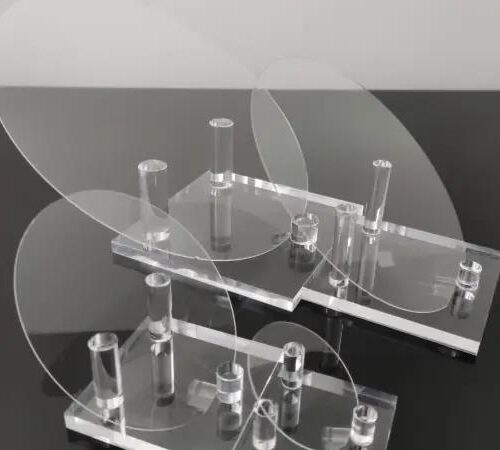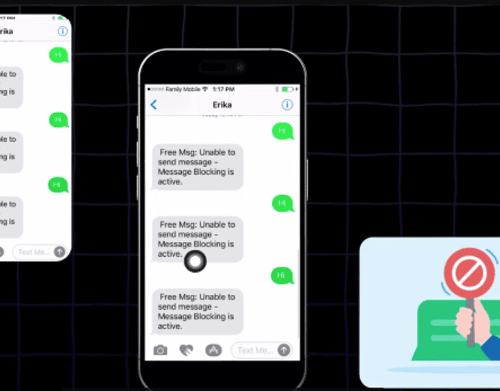In the age of digital advancement, tablets have become an indispensable tool for both personal and professional use. Whether you’re a student, a professional, or simply seeking a versatile device for entertainment and communication, selecting the right tablet can greatly enhance your daily life. The market is flooded with a myriad of tablet options, making it essential to understand the key factors to consider before making a decision. In this article, we will delve into the art of choosing the best tablet for yourself, ensuring that you make an informed choice tailored to your specific needs.
Factors to Consider When Choosing a Tablet
Operating System and Ecosystem
The first critical consideration is the operating system. There are three major players in the tablet market: iOS (Apple), Android (Google), and Windows (Microsoft). Each comes with its own set of advantages and limitations. Apple’s iOS offers a seamless and user-friendly experience, while Android tablets come in various models, providing a wider range of choices. Windows tablets are preferred by professionals who require the familiarity of a PC environment. Your choice should depend on your comfort with the ecosystem and the software you intend to use.
Performance and Hardware
Tablet performance is determined by factors such as the processor, RAM, and storage capacity. For basic tasks like web browsing and media consumption, a mid-range processor and 4GB of RAM should suffice. However, if you plan to use your tablet for demanding tasks like gaming or graphic design, opt for a high-performance tablet with a powerful processor and at least 8GB of RAM. Storage capacity is also crucial, and many tablets offer expandable storage options or cloud services to accommodate your data.
Display and Size
The tablet’s display and size are pivotal to your user experience. Consider the display size and resolution based on your intended use. For reading, web browsing, and content consumption, a 10-inch screen with Full HD resolution is generally adequate. If you’re into multimedia and gaming, larger screens with higher resolutions provide a more immersive experience. The tablet’s physical size should be comfortable to hold, so consider the form factor and weight when making your choice.
Battery Life and Connectivity
Tablets are known for their portability, and an essential aspect of this is battery life. A tablet with good battery life ensures you can work, play, and consume content without constantly searching for a charger. Look for tablets with at least 8-10 hours of battery life under normal usage conditions. Connectivity options are equally vital. Ensure that the tablet offers Wi-Fi and Bluetooth connectivity, and if needed, cellular capabilities for on-the-go internet access.
Conclusion
Selecting the best tablet for yourself is a decision that depends on your unique needs and preferences. It’s about finding the right balance between performance, operating system, display, size, battery life, and connectivity. Be sure to assess your priorities and budget constraints before making a decision. While there are many reputable tablet brands to choose from, consider exploring the huawei matepad paper, which offers a compelling combination of features and performance. Ultimately, the best tablet is the one that seamlessly integrates into your lifestyle and empowers you to work and play with ease.






